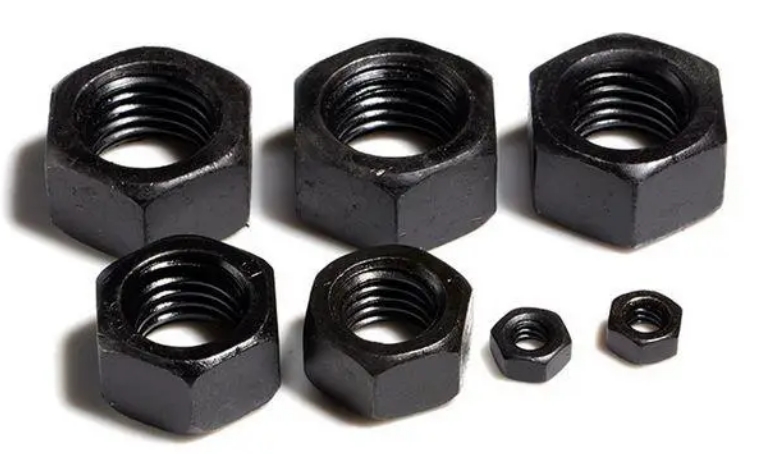
In the manufacturing and maintenance of machinery and equipment, nuts and bolts are essential fasteners. Different strength grades of nuts and bolts are suitable for different occasions and can bear different loads. However, in some cases, some people may try to use high-strength grade nuts to replace low-strength grade nuts. This practice is incorrect. Let's explore why not.
Firstly, there are differences in material and manufacturing process. High-strength grade nuts are usually made of high-quality materials such as alloy steel and stainless steel, and undergo strict heat treatment and surface treatment processes, resulting in higher hardness and tensile strength. On the other hand, low-strength grade nuts are generally made of ordinary carbon steel and other materials with lower hardness and tensile strength. Therefore, there are obvious differences in material and manufacturing process between high-strength grade nuts and low-strength grade nuts.
Secondly, there are differences in mechanical properties. High-strength grade nuts have higher mechanical properties such as higher tensile strength, higher hardness, and better toughness. These properties enable high-strength grade nuts to withstand greater loads and more severe working environments. In contrast, low-strength grade nuts have poorer performance in these areas. Therefore, high-strength grade nuts are more suitable for use in situations that require greater load capacity or severe working environments.
Thirdly, there are differences in applicable occasions. Low-strength grade nuts are mainly used in non-critical connection areas or in situations where only small loads are applied. These areas have low requirements for the mechanical properties of nuts and the cost is low. On the other hand, high-strength grade nuts are mainly used in critical connection areas or in situations where larger loads are applied. These areas have high requirements for the mechanical properties of nuts and the cost is correspondingly high. Therefore, when selecting nuts, it is necessary to choose the appropriate strength grade according to the specific application situation and design requirements.
Finally, using high-strength grade nuts to replace low-strength grade nuts would waste materials and increase costs. High-strength grade nuts made from better materials cost more and if used to replace low-strength grade nuts would increase overall cost and result in a waste of good materials.
In summary, it is not advisable to use high-strength grade nuts to replace low-strength grade nuts. This practice not only violates design requirements and relevant standards but also causes problems such as unreliable connections, increased costs, and material waste. Therefore, when selecting nuts, it is essential to choose the appropriate strength grade according to the specific application situation and design requirements.





 Customer service 1
Customer service 1  Customer service 2
Customer service 2